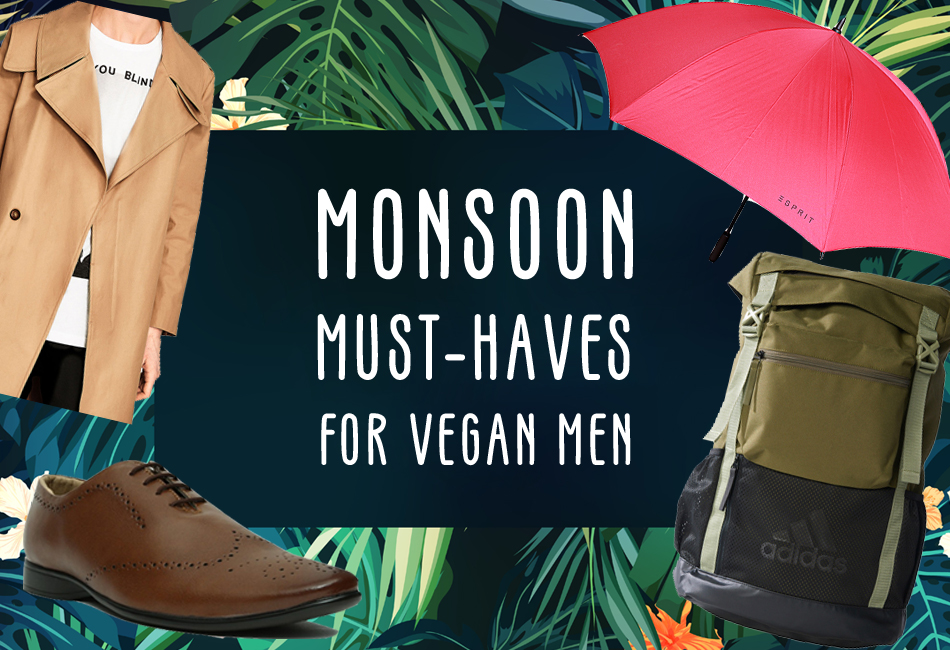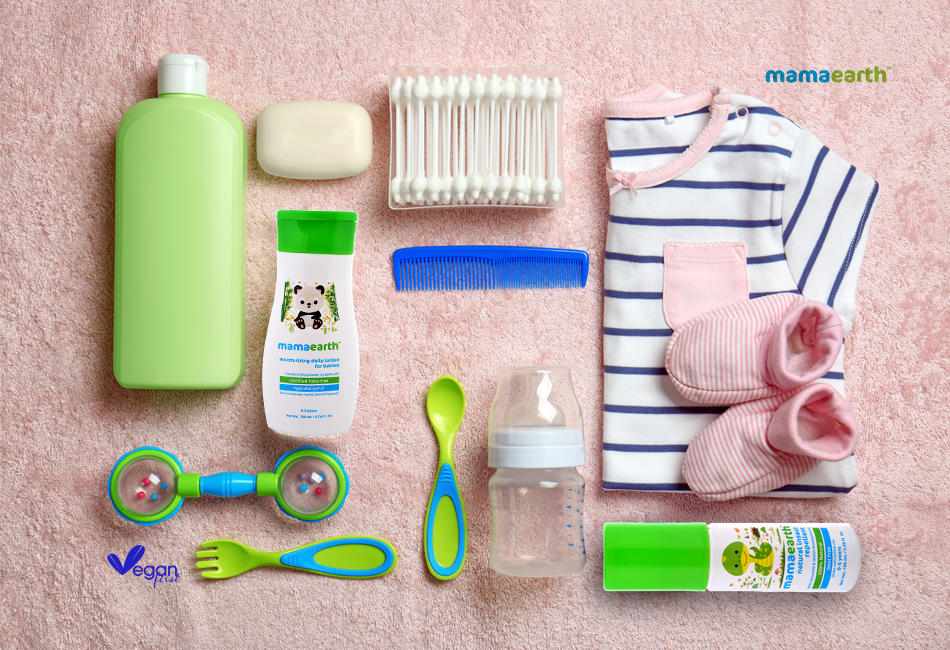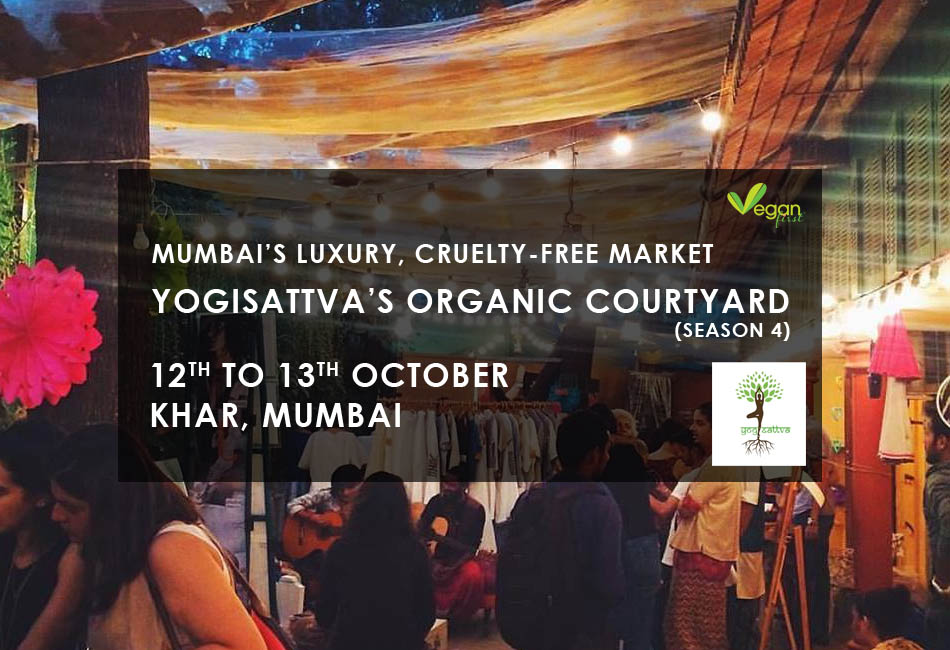Download Free Vegan Starter Kit -
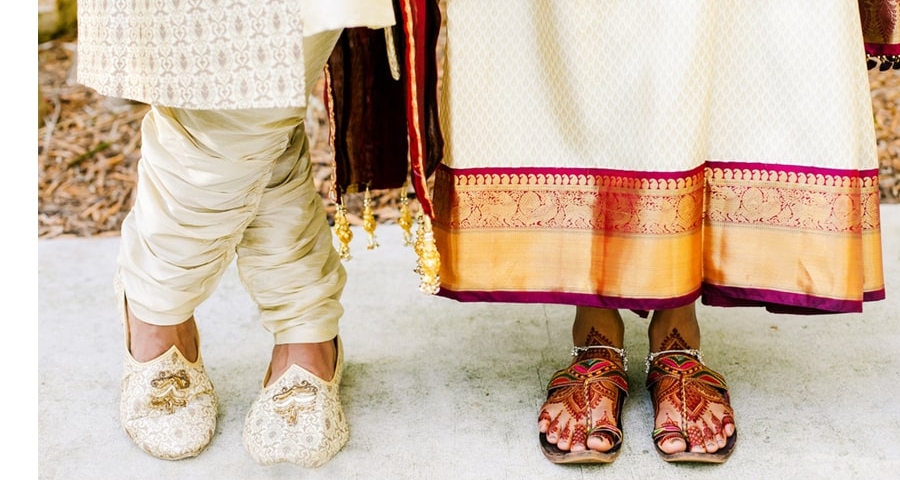
Why You Should Ditch Kolhapuris And Jutties For Good
The festive season is around the corner – and when it comes to celebrations, the preferred ensemble for men and women is traditional Indian wear. And what goes well with a kurta-pyjama or churidar kurta? Desi footwear, like jutties and Kolhapuri chappals.
Kolhapuri chappals and jutties are recognizable for their colourful design - flat, streamlined and intricately embellished. They also happen to be made from the hide of cows and water buffaloes – which begs the question – is it really right to celebrate at the cost of another being’s life?
You Can’t ‘Hide’ From The Facts
There’s an archaic (and rather widespread) belief that most leather comes from animals that have died of natural causes. But that's hardly the case. Since it is illegal to slaughter healthy cattle, most are beaten and tortured prior to being sent to the slaughterhouse for their hide.
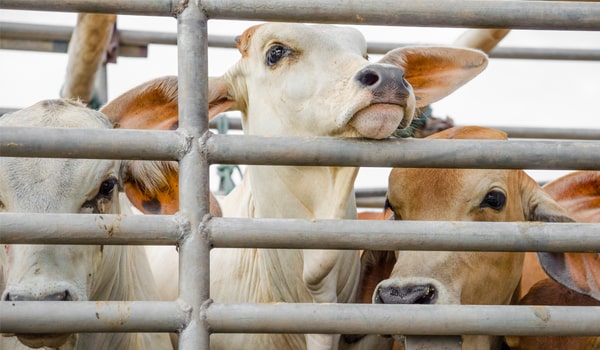
Cows being transported to the slaughterhouse
Cows seen unfit to produce milk are slaughtered immediately for beef or their hide. Due to an increase in the consumption of cow and buffalo meat over the last couple of decades, the growth of raising livestock has also increased, thereby increasing slaughter.
It’s a vicious circle or the unholiest trinity: the dairy, beef and leather industries are interlinked and to contribute to one is to contribute to all of them.
The Indian Leather Industry In Numbers
- India's leather exports are worth over Rs. 500 crores and the government is working with the industry to push exports up to Rs. 1000 crores in the next 5 years.
- India produces 1 billion pairs of leather shoes every year.
- The hide of 1 cow can produce 18 pairs of shoes - when you do the math, that's around 50 million cows put to death every year just for shoes.
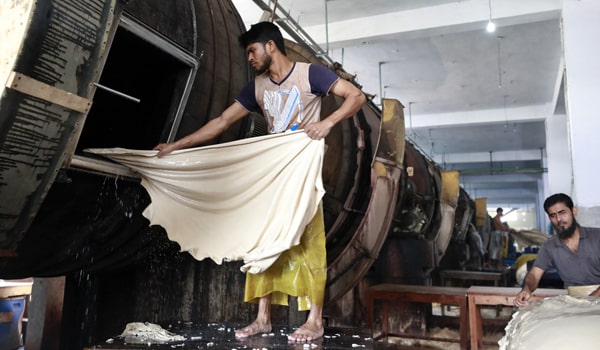
Workers in a tannery
There’s No Such Thing As Sustainable Leather
You’ve probably come across stories of “sustainable” and “fair trade” leather makers… but there’s nothing fair or sustainable about the leather industry. Leather is one of the most polluting industries in the world, with huge environmental ramifications. Prolonged exposure to chemicals is also a silent killer among leather factory workers.
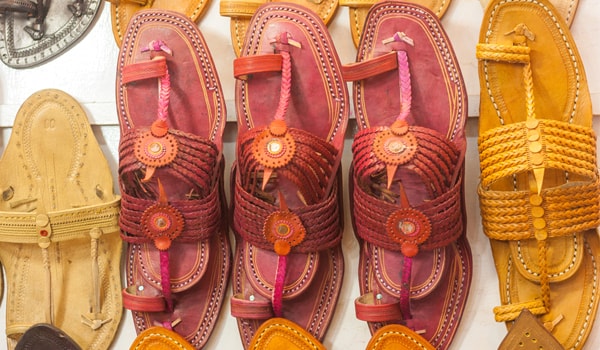
Kolhapuri chappals are usually dyed with chemicals
There’s Always An Alternative
Thankfully, alternatives abound, so it’s easier today to make an informed decision. As technology grows, we are moving towards a more sustainable and eco-friendly environment where any material that causes harm to the world can be replaced by plant-based or synthetic alternatives.
From rubber to synthetic microfibres like polyurethane and natural fibres like cotton and canvas, there's a slew of planet-friendly materials that are being used to craft quality shoe uppers and soles. You can find vegan alternatives and fashionable vegan footwear brands here.
Like this?
Read: The Perfect Rakhi Gift: A Trio of Vegan Lipsticks In A Handcrafted Box!
Read more: Gorgeous leather-free footwear from Vegan Blue Shoes
AUTHOR

trending
2.png)
Be a Vegan First Informer
Send us buzzworthy news and updates
Explore
Contact Us
About Us
Stay Connected
Copyright ⓒ 2017-2023. VEGAN PASSION PRIVATE LIMITED. All Rights reserved.
For more information, please write to hello@veganfirst.com
Registered Office Address: 55, 2nd floor, lane 2, Westend Marg, Saidullajab, Near Saket Metro Station, New Delhi, Gadaipur, New Delhi South West Delhi, DL

2.png)

.png)
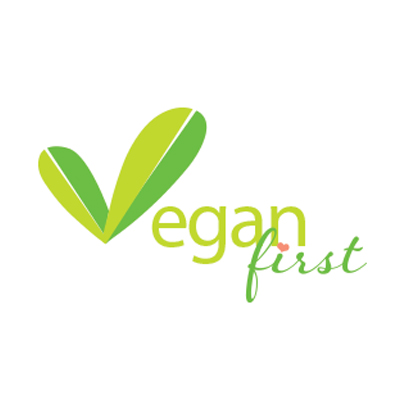
.png)
2.png)
2.png)


1.png)



